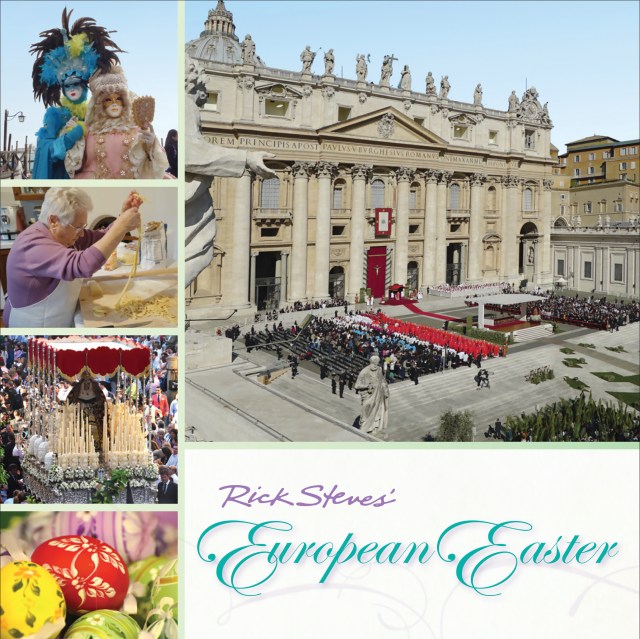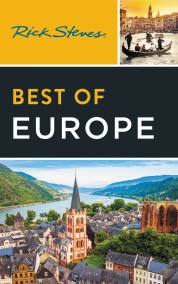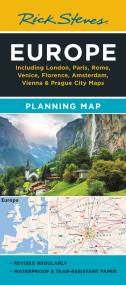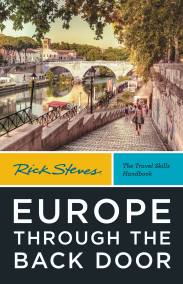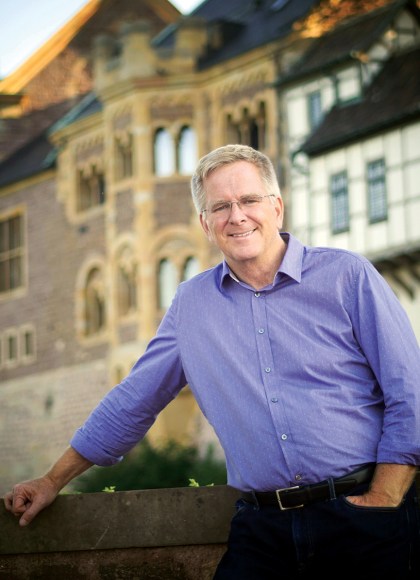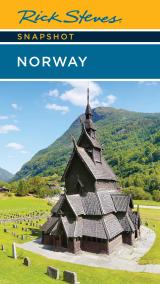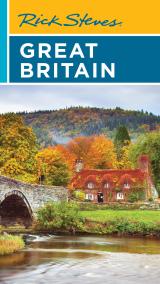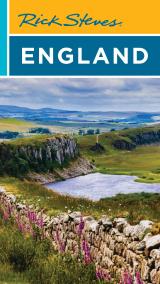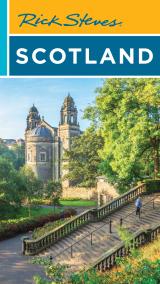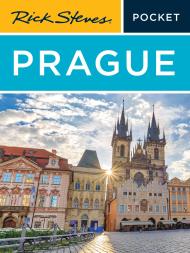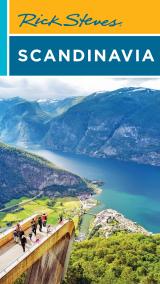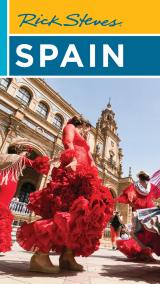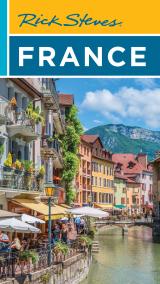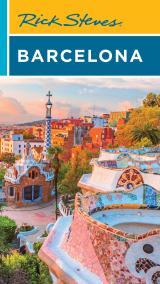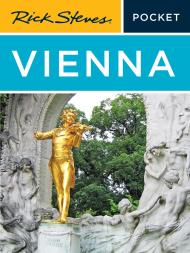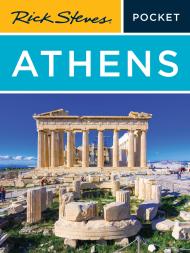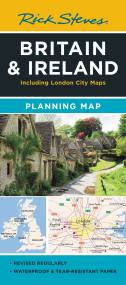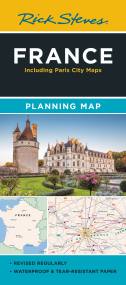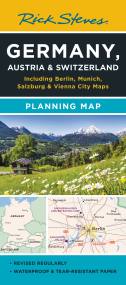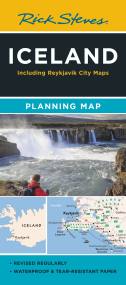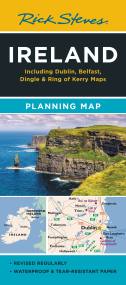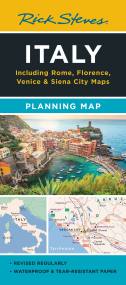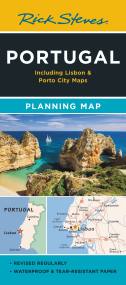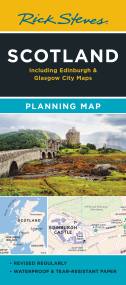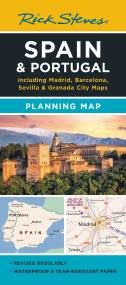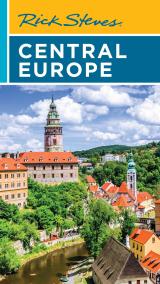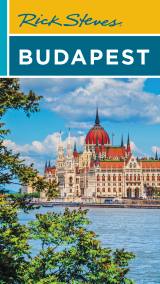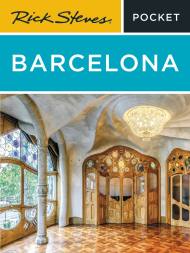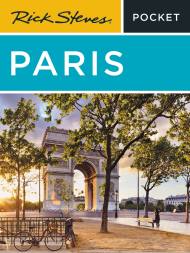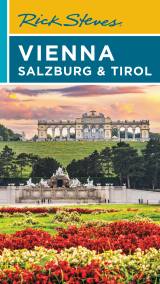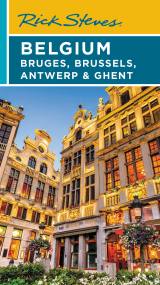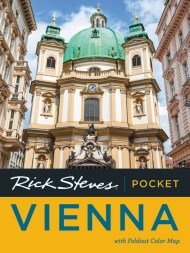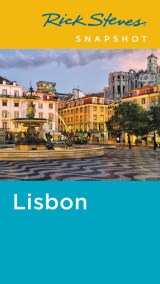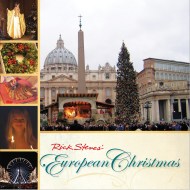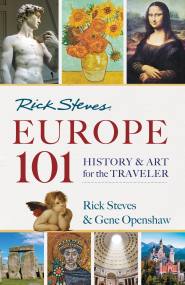Promotion
Sign up for our newsletters to receive 20% off! Shop now. Exclusions apply.
By clicking “Accept,” you agree to the use of cookies and similar technologies on your device as set forth in our Cookie Policy and our Privacy Policy. Please note that certain cookies are essential for this website to function properly and do not require user consent to be deployed.
Rick Steves European Easter
Contributors
By Rick Steves
Formats and Prices
Price
$14.99Price
$19.50 CADFormat
Format:
- Trade Paperback $14.99 $19.50 CAD
- ebook $7.99 $9.99 CAD
This item is a preorder. Your payment method will be charged immediately, and the product is expected to ship on or around March 15, 2016. This date is subject to change due to shipping delays beyond our control.
Also available from:
Rick Steves, America’s expert on Europe, explores the rich traditions, celebrations, and history behind some of Europe’s most colorful and charming Easter celebrations. Discover Carnevale in Venice, Lent in Cantiano, Holy Week in Sevilla, Easter Sunday in Greece, and beyond.
Rick examines “Easter Through the Ages,” including the Biblical story of Easter and the pagan and secular traditions that have shaped the Easter celebrations of today. He compares the beliefs of Eastern and Western Orthodox traditions, and shows how holidays are uniquely celebrated across cities and countries. In Rome, the Vatican blesses palm fronds on Palm Sunday, while in Tuscany, olive branches are blessed instead. Churches in Sevilla display elaborate floats for Easter Sunday, while villages across Italy, Slovenia, and Greece celebrate with feasts.
Touching on Italy, Slovenia, Switzerland, Spain, Greece, and the Vatican, and filled with fascinating insights and vibrant full-color photos, Rick Steves European Easter is a delightful way to understand Easter heritage from a multicultural perspective.
Rick examines “Easter Through the Ages,” including the Biblical story of Easter and the pagan and secular traditions that have shaped the Easter celebrations of today. He compares the beliefs of Eastern and Western Orthodox traditions, and shows how holidays are uniquely celebrated across cities and countries. In Rome, the Vatican blesses palm fronds on Palm Sunday, while in Tuscany, olive branches are blessed instead. Churches in Sevilla display elaborate floats for Easter Sunday, while villages across Italy, Slovenia, and Greece celebrate with feasts.
Touching on Italy, Slovenia, Switzerland, Spain, Greece, and the Vatican, and filled with fascinating insights and vibrant full-color photos, Rick Steves European Easter is a delightful way to understand Easter heritage from a multicultural perspective.
Series:
- On Sale
- Mar 15, 2016
- Page Count
- 208 pages
- Publisher
- Rick Steves
- ISBN-13
- 9781631213595
Newsletter Signup
By clicking ‘Sign Up,’ I acknowledge that I have read and agree to Hachette Book Group’s Privacy Policy and Terms of Use
